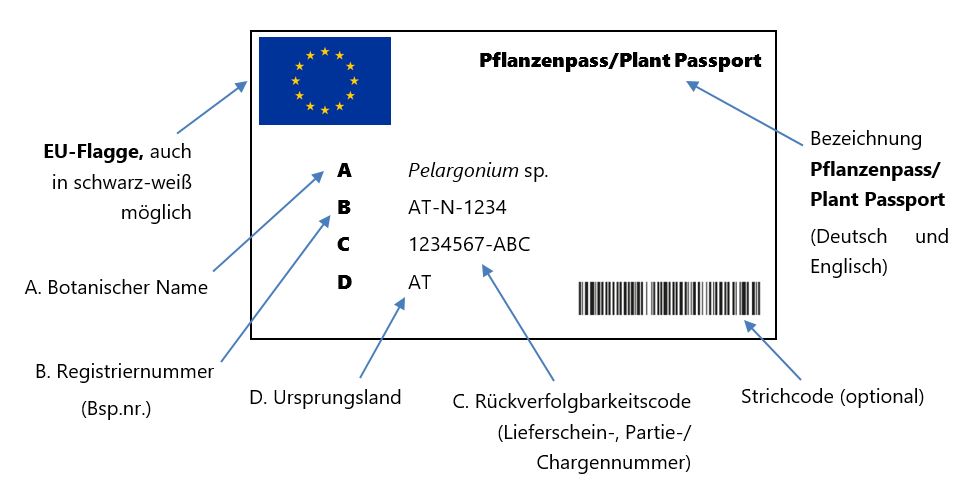In trade within the EU, all plants intended for planting - i.e. cuttings or potted plants - and certain seeds must "travel" with a plant passport. This passport is often found as a sticker or label on the pot.
In trade within the EU, all plants intended for planting - i.e. cuttings or potted plants such as dragon palm, violin fig, monstera & Co. - as well as certain seeds must "travel" with a plant passport. The plant passport is an official document that ensures that plants come from a controlled company and that no dangerous plant pests are spread with the plants.
The plant passport system is valid within the European Union for commercial trade as well as internet trade up to the customer. It is quite common that the plant passport is printed on the pot in the form of stickers or labels, is attached to the foil packaging as a sticker or also in the pot as a plug-in label and this can also be checked by customers in nurseries, flower shops or garden centers.
Why the plant passport is important
International trade and global travel offer plants, insects, mites, as well as plant-damaging viruses, bacteria and fungi, many opportunities to spread far beyond their home ranges. Encouraged by climate change, they can establish themselves in new regions, in many cases becoming a threat to plants.
In a new area, they can often be more pathogenic than in their area of origin: the bacterium Xylella fastidiosa for example, is found in many ornamental and wild plants in its original range of Central America, but causes no symptoms there. In 2013, this bacterium was most likely introduced to Europe by symptomless ornamental plants. Here it found a new host and thus became an olive killer: many olive trees, often centuries old, died. As a result, not only was olive production severely affected, but also a landscape-shaping structural element was severely compromised.
Invasive alien species can also disrupt entire ecosystems in new areas because they have no natural enemies here and they are often more competitive with native species. Invasive plants such as Indian jumping weed can significantly reduce biodiversity.
Insects such as the Japanese beetle also pose a high risk to plant health. The Japanese beetle eats leaves and flowers of many plants, including fruit trees and vines, causing massive damage to plants.
In order to keep these dangerous pests on plants out of the EU area, they must be accurately and rapidly identified by special reference laboratories to prevent their introduction. We are one of the five European reference laboratories, that for insects and mites, together with our French partner agency ANSES.

